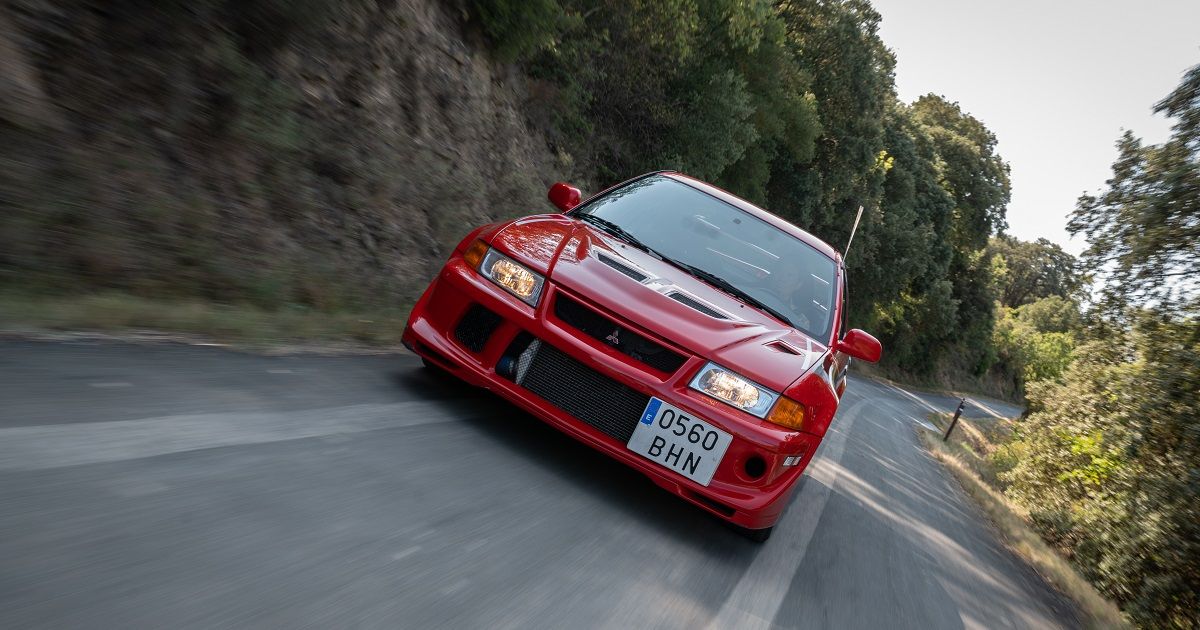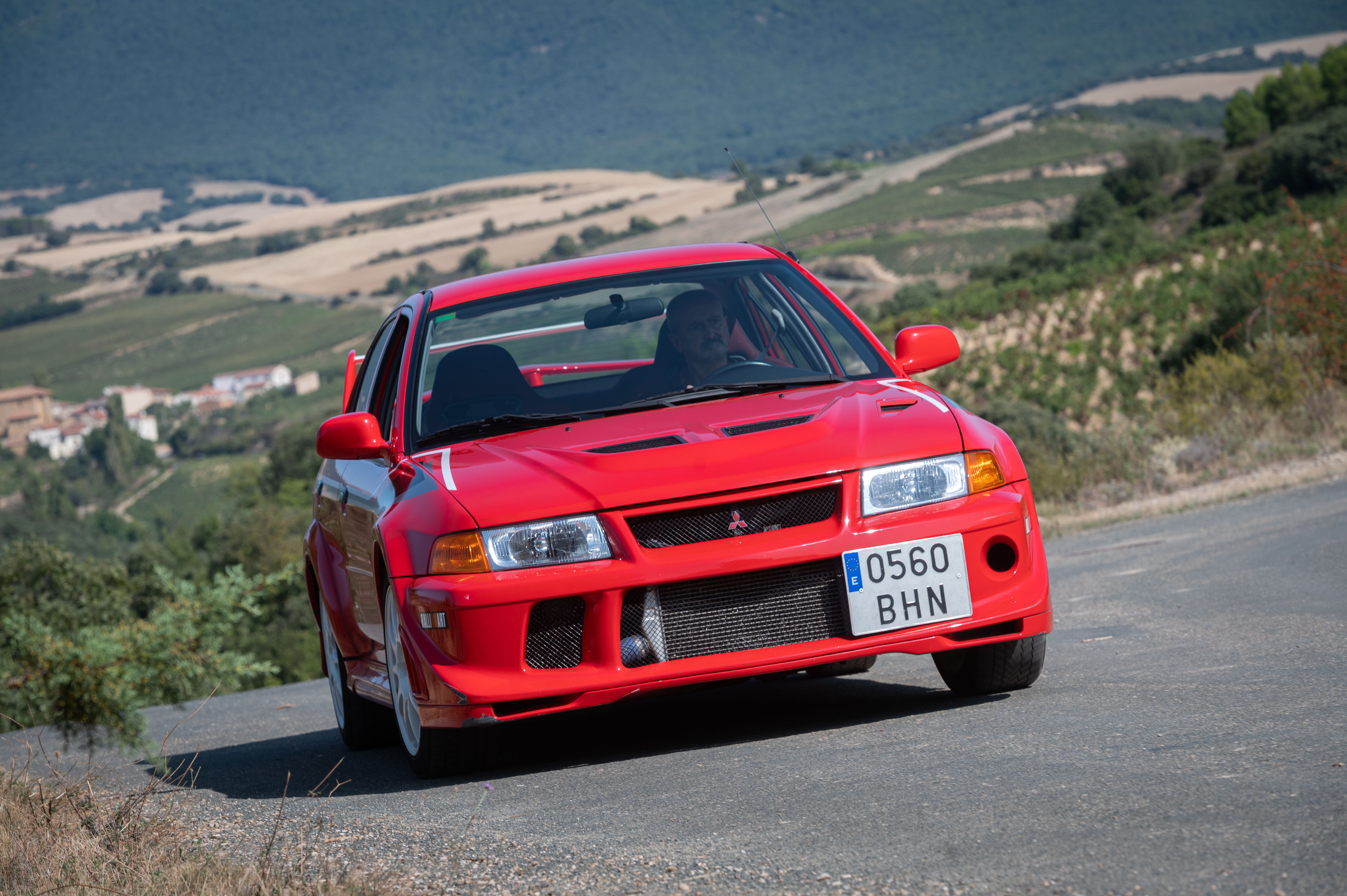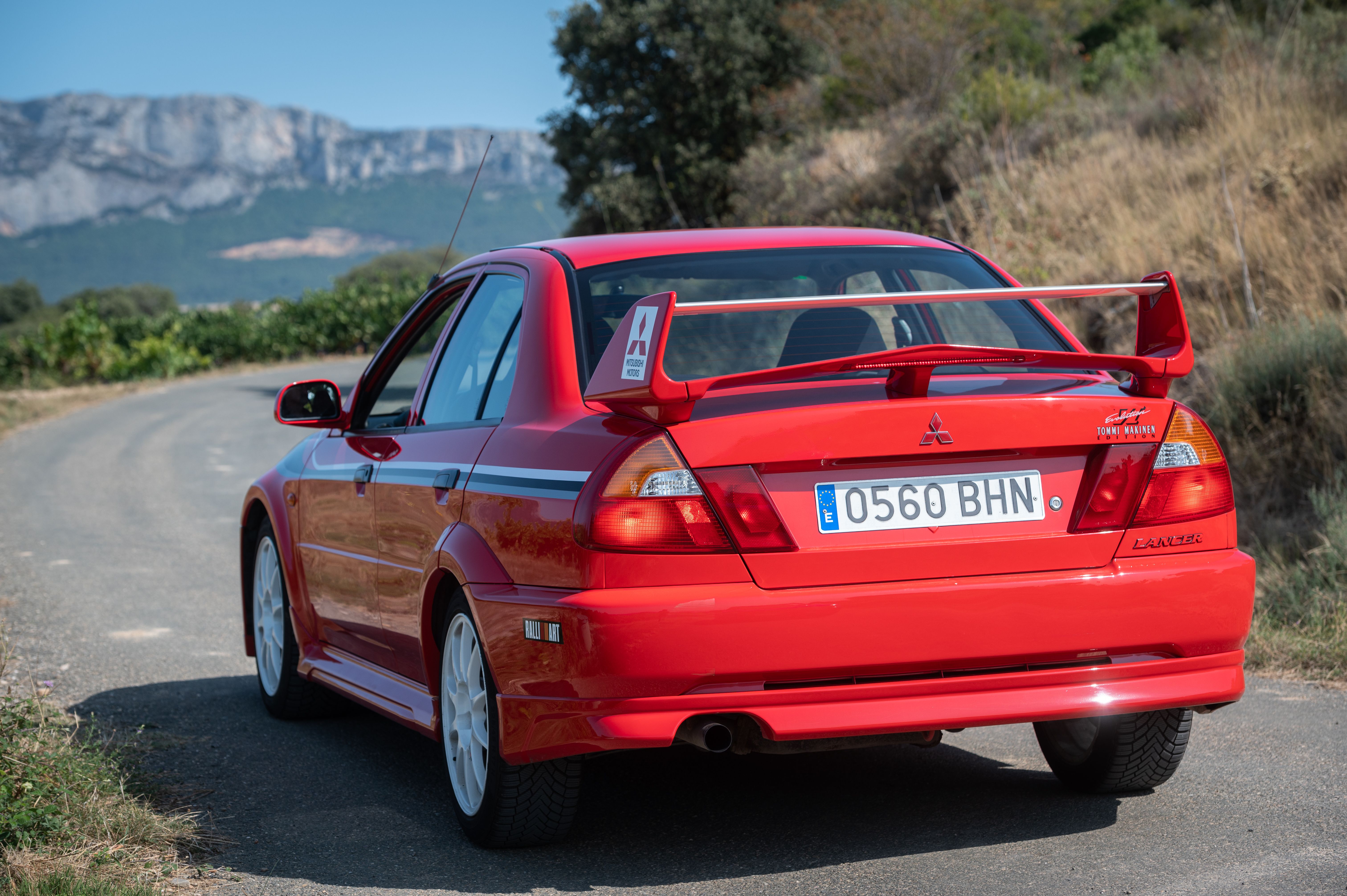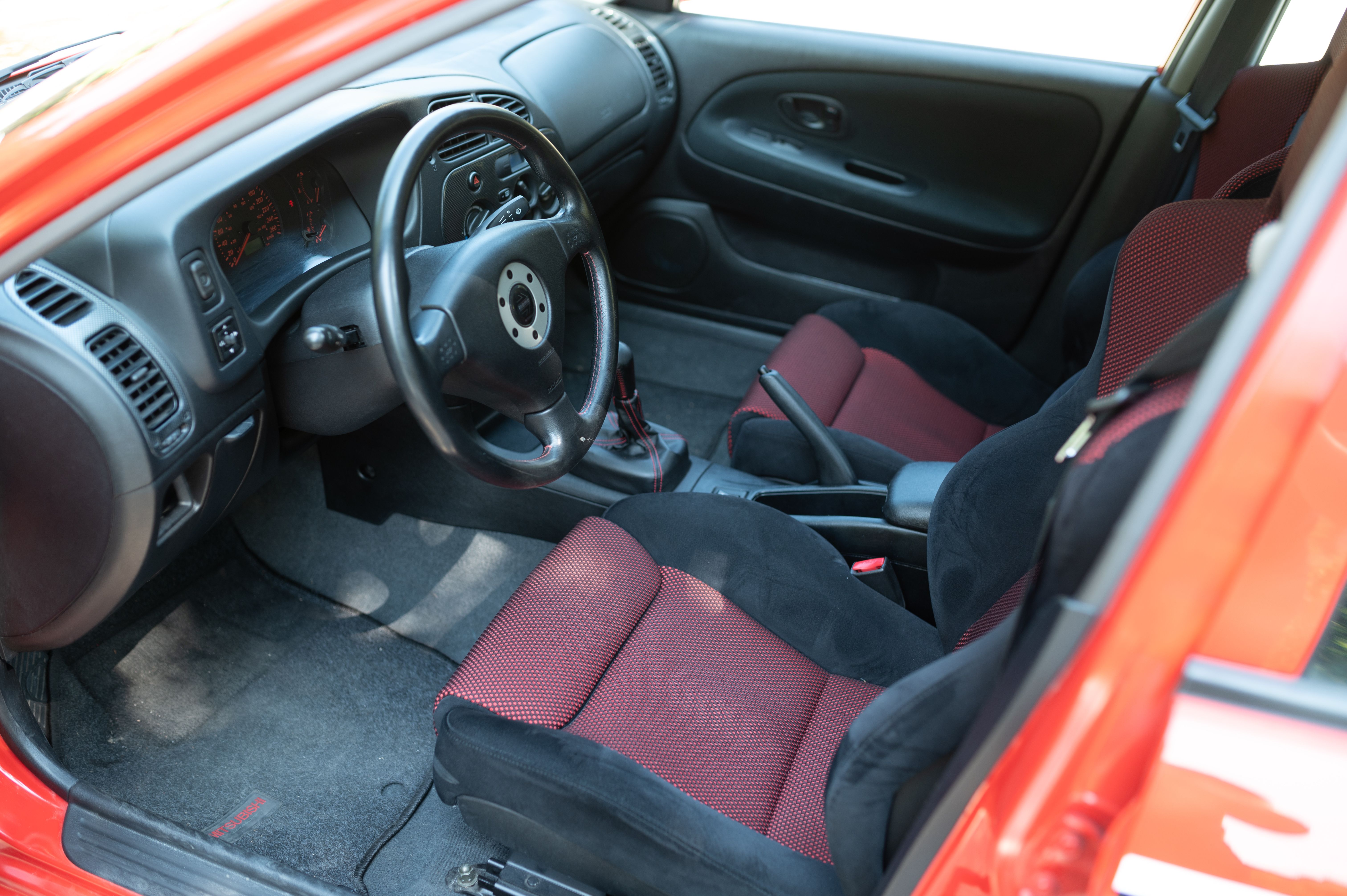The Mitsubishi brand has successfully lent itself to the world of rally racing ever since it became a thing, aside from other brands like Subaru. Somewhere along with the production of the Galant VR-4, Mitsubishi built the 1992 Evolution, the first-ever lancer in the Evolution series that was built to race, win, and be part of the big screen, eventually.
Premiered in 1992, the Mistubishi was made for the World Rally Championship. It came at the time when the brand was looking for something lighter, faster, and with better aerodynamics, all of which made it a perfect rally competitor. It inherited its 2.0-liter turbocharged DOHC engine from the old Galant VR-4 and had a newer design. The 1992 Evolution was sold in GSR and RS models.
Following the success of the first evolution, the brand built Evolution 2, which was succeeded by the 3rd Evolution and more, but that’s the story of another day. Fortunate enough, the Evolution continued to ‘evolve’ for nearly two and a half decades until the brand decided to close the door to the Iconic Evolution series in 2016.
Let’s take a look at why this car is a bang for your buck and give you some insights on how much you should expect to spend and save on it.
Let's take a closer look at what you'd pay for a '92 Evo in 2021.
The 1992 Mitsubishi Evo Still Has the Ability To Do What It Was Built For
After all these years, long after some of the best classics became collectibles, you’d expect to see the Evolution to be seen exclusively in car museums or to completely slip through the cracks and be forgotten, especially with its newer siblings burning rubber. Yet, the Lancer still remains popular.
Even years after it took its curtain call, the Mitsubishi Evolution still whips out extreme power and speed to take on newer rivals. Today, the Mitsubishi Evolution Lancer can battle the Subaru STI and many other sporty choices with ease.
At first, the Evolution was only sold in Japan. Its performance and speed slowly made it a popular sports car throughout the years. The evolution made its way to the European markets from 1998, where it closely dominated the market share, at the very least.
Seeing how well the Evolution competed with the Subaru Impreza WRX STI, the US markets wanted to get a glimpse of the Evolution. In 2003, Mistubishi exported the Evolution (eighth edition) to the United States.
The First Evolution Bears The Legendary Design That Marked Its Success
As we said before, the Evolution was exclusively produced in two models: the GSR and RS. While these models were literally the same car, they had their differences.
First of all, the steel wheels on the GSR model weighed approximately 2,729 lb., while the RS’s wheels weighed 154 lb. less. Racing-wise, the RS model’s light made it better on the race track. But wheel-weight was the only thing the RS model came up with short of.
It also lacked anti-lock brakes, as well as power windows and seats, not forgetting a rear wiper. In spite of that, it was the only model that was given mechanical plate type rear limited-slip differential. Other than that, both models have a wheelbase that measures 98.4 inches and stand at 54.9 inches in height.
The 1992 Evolution’s 4G63 Engine Produces 247 Horsepower
Under the hood, 1992 came with a 2.0 L turbocharged DOHC engine, which is the same engine fitted in the Mitsubishi RVR and the Chariot Resort Runner GT. The Lancer’s engine can produce 244 horsepower at 6,000 rpm and 228 lb-ft of rotation power. The 1992 Evolution has a top speed of 142 mph. The next-generation Evolution, on the other hand, has a power output of 252 hp with a similar engine and torque.
It Delivers A Great Driving Performance
Handling is a very important factor when it comes to building a car. Even more when it is a sports car that’s meant to be part of the Rally Universe. On its performance, the 1992 Lancer Evolution offers an incredible experience behind the wheel. Its AWD drivetrain, originally from the Galant VR-4 still feels brand new.
While its transmission systems and engine sizes differ from Coupe to the Sedan, they both shift promptly and are ready to take it to the top when you are. Besides that, though, the 1992 Lancer comes in Regular Unleaded Petrol.
How Much Will You Pay For A 1992 Mitsubishi Evolution?
The price of the classic Lancer depends on the model. Overall, You should expect the price of the 1992 Mitsubishi Evolution to range from $1,250 to about $4,070, with the Coupe, Hatchback, and Wagon on the lower end and the four-wheel-drive sedan Lancer on the higher end.
The 1992 Lancer has been listed as one of the most expensive cars to Insure. According to James Shaffer, CEO of 4insure.us, Evolution’s speed and size raise red flags in insurance agencies. Another model listed by the site is the Dodge SRT-4 because its apparent “flashiness” puts it at a high risk of Vandalism.
Beyond doubt, a car’s budget should factor in the insurance costs too.
Sources: PRWeb, Autozine, 4insure.us




